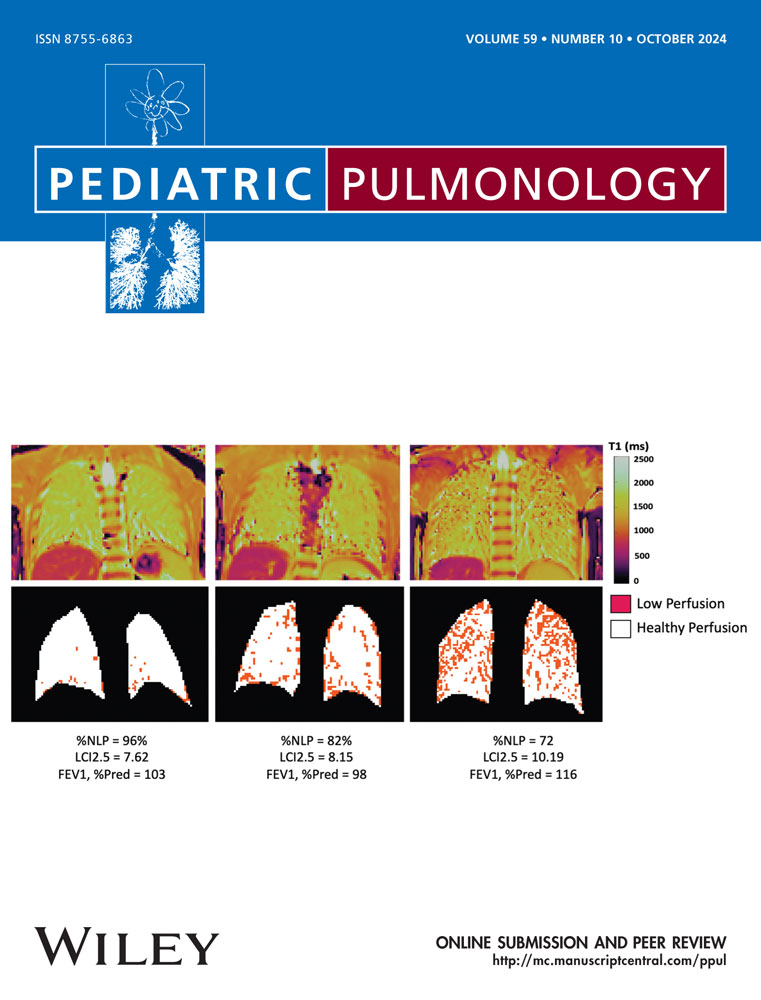Effects of rapid maxillary expansion on upper airway parameters in OSA children with maxillary restriction: A CBCT study
Abstract
Background
Rapid maxillary expansion (RME) has been proposed as an effective treatment for pediatric obstructive sleep apnea (OSA) and maxillary restriction in children. This study aimed to evaluate the effect of RME appliances on the nasomaxillary complex dimensions in children with OSA and maxillary constriction.
Methods
This prospective longitudinal study included 34 children aged 8–12 years with maxillary restriction and OSA confirmed by polysomnography who had completed RME therapy. The nasomaxillary complex is segmented into the nasal cavity, maxillary sinuses, and nasopharynx. The effect of RME on nasomaxillary complex dimensions was assessed pre and posttreatment using cone-beam computed tomography, analysis, while a second standard overnight polysomnography (PSG) was performed to assess changes in respiratory parameters.
Results
Significant improvements were observed, including inferior maxillary dislocation (S-S1 distance and N-ANS), increased anterior and posterior facial height, and a 5.43 events/h reduction in Apnea-Hypopnea Index (p < .001). The nasal cavity volume increased by 2439 (±584) mm3 (p < .001), nasopharynx size increased by 883 (±479) mm3 (p = .008), mid cross-sectional area increased by 31.74 (±14.50) mm2 (p < .001), and the distance between the right and left maxillary sinuses increased by 8.37 (±3.67) mm (p < .001) all exhibited positive changes, with some insignificant variations in volume change (p = .254).
Conclusion
RME treatment was found to be effective in improving nasal cavity and nasopharyngeal dimensions, leading to improved respiratory parameters in children with OSA and maxillary constriction. While these results are promising, considerations about the potential long-term benefits of RME on future growth are important. The study provides valuable insights into the efficacy of RME as a treatment option for this pediatric population.
CONFLICT OF INTEREST STATEMENT
The authors declare no conflicts of interest.
Open Research
DATA AVAILABILITY STATEMENT
The data that support the findings of this study are available on request from the corresponding author. The data are not publicly available due to privacy or ethical restrictions. The data that support the findings of this study are available from the corresponding author upon reasonable request.




